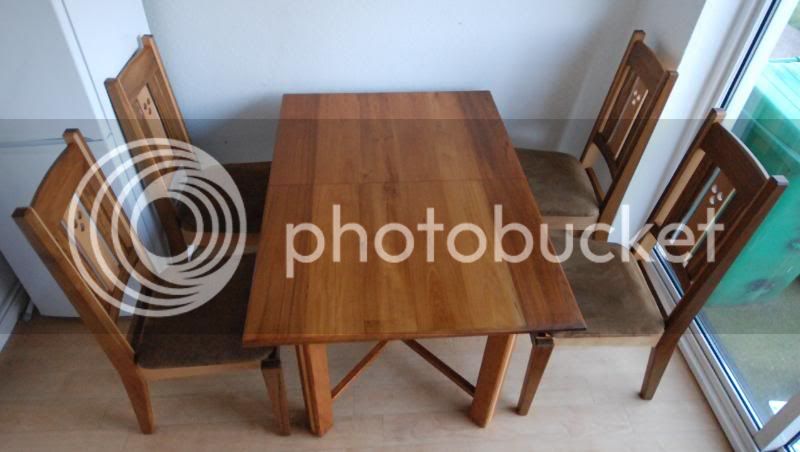A while back I asked for advice on edge jointing of boards. Some people alleged that I was closed minded because I refused to attempt the method of clamping two boards together and planing them simultaneously. At the time, it didn't make seem reasonable to do that because I didn't know the order of the boards. But that project is done.
I have now begun a project where this technique seems reasonable to try. So I have clamped a pair of boards into the vise and taken some strokes. But I find that tear out is a troublesome problem. The grain seems to run in different directions down the boards. Now if I switch the board direction it will either change the show face or screw up the alignment of the planing directions for the board face.
Is this the typical situation? Or do I have bad luck?
I have three plane blades that are not cambered. One is the clifton blade that wouldn't stay cambered. Another one is a wooden plane with a 50 degree bed angle that I rarely use because I find it too hard to adjust. And the last is a bevel up blade that was supposed to be for low angle use. The 50 degree plane still gives serious tear out. So it appears I have to either back bevel the clifton or get a new high angle straight blade to use for this kind of work. Any thoughts on the necessary cutting angle here? (The wood is canary wood.)
I have now begun a project where this technique seems reasonable to try. So I have clamped a pair of boards into the vise and taken some strokes. But I find that tear out is a troublesome problem. The grain seems to run in different directions down the boards. Now if I switch the board direction it will either change the show face or screw up the alignment of the planing directions for the board face.
Is this the typical situation? Or do I have bad luck?
I have three plane blades that are not cambered. One is the clifton blade that wouldn't stay cambered. Another one is a wooden plane with a 50 degree bed angle that I rarely use because I find it too hard to adjust. And the last is a bevel up blade that was supposed to be for low angle use. The 50 degree plane still gives serious tear out. So it appears I have to either back bevel the clifton or get a new high angle straight blade to use for this kind of work. Any thoughts on the necessary cutting angle here? (The wood is canary wood.)





